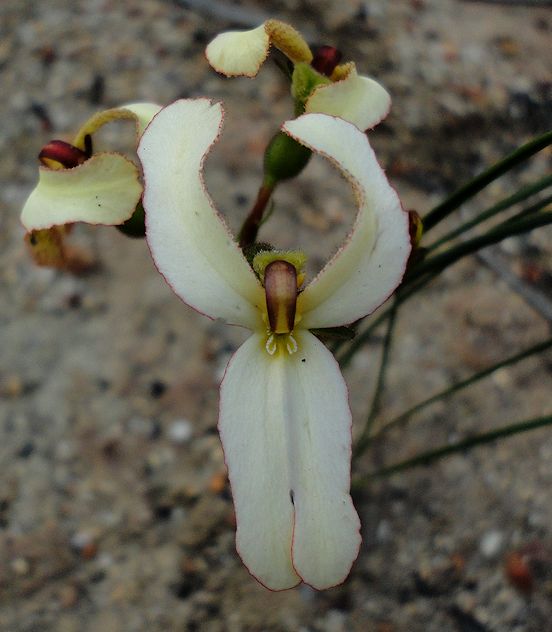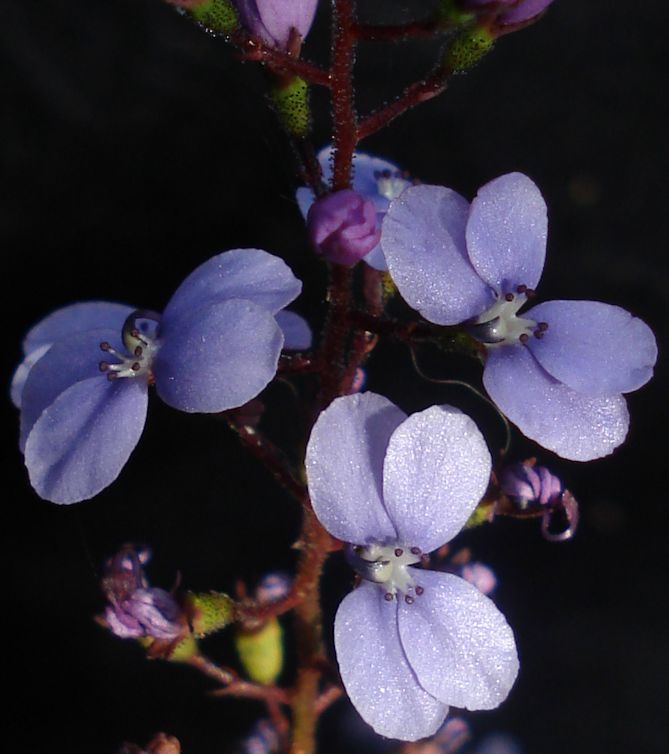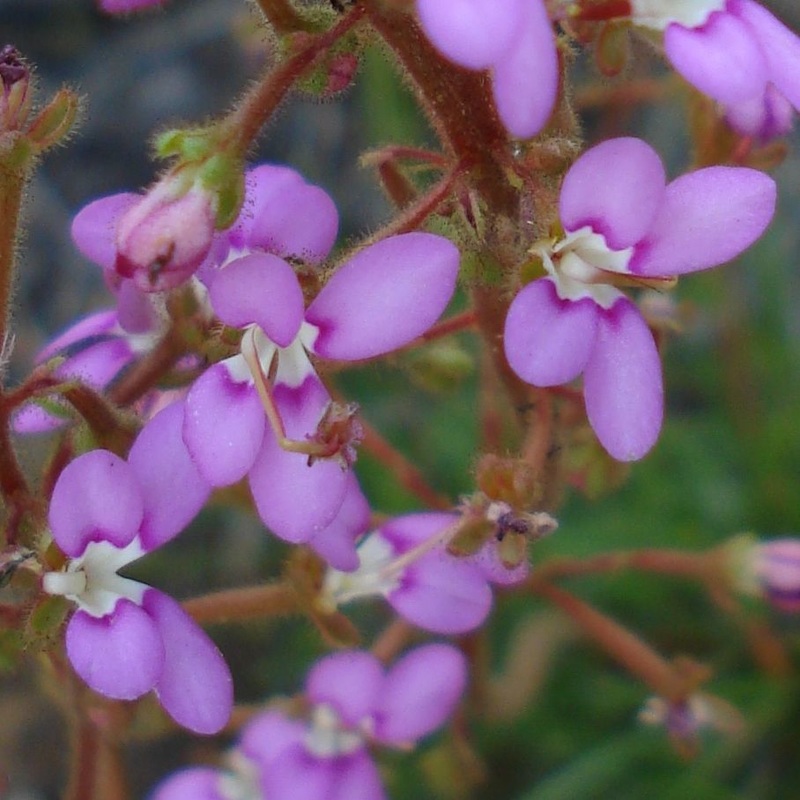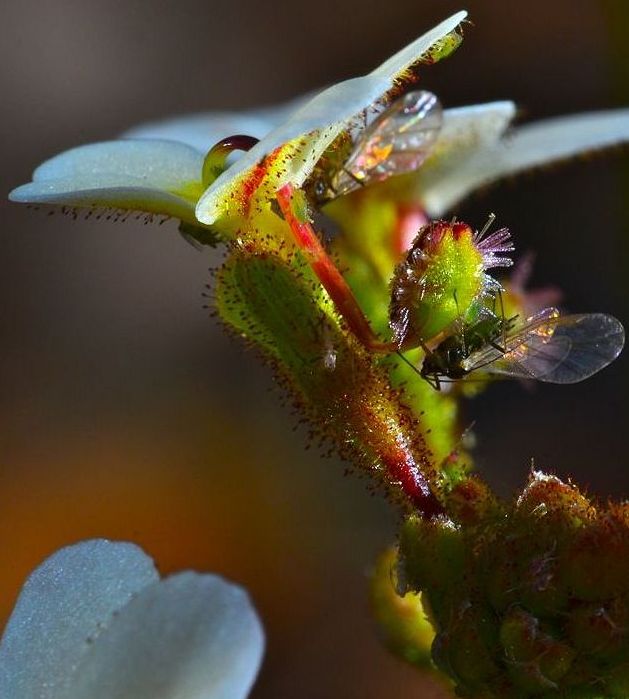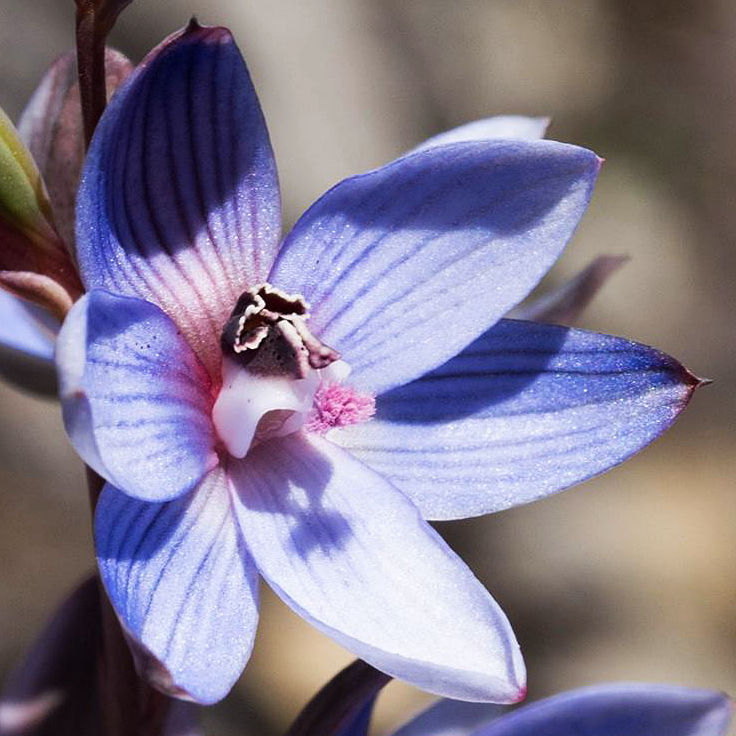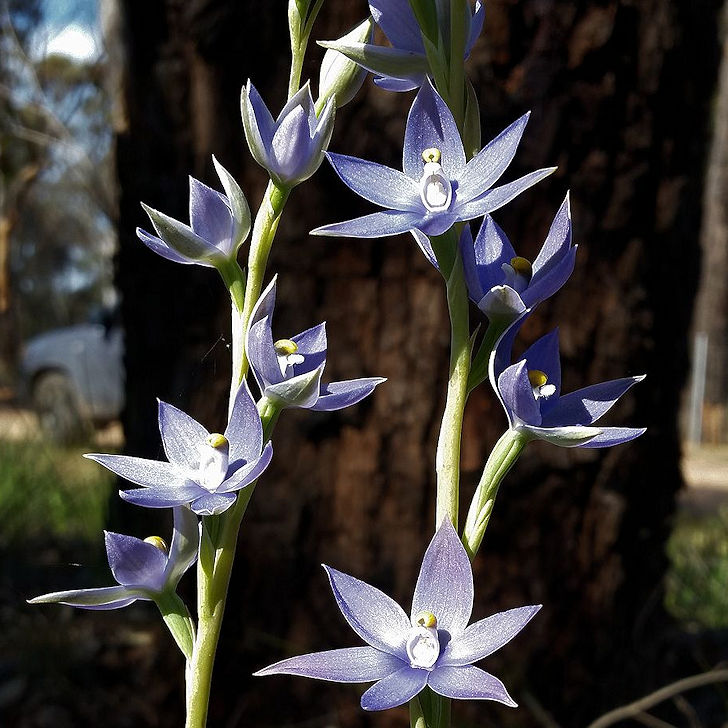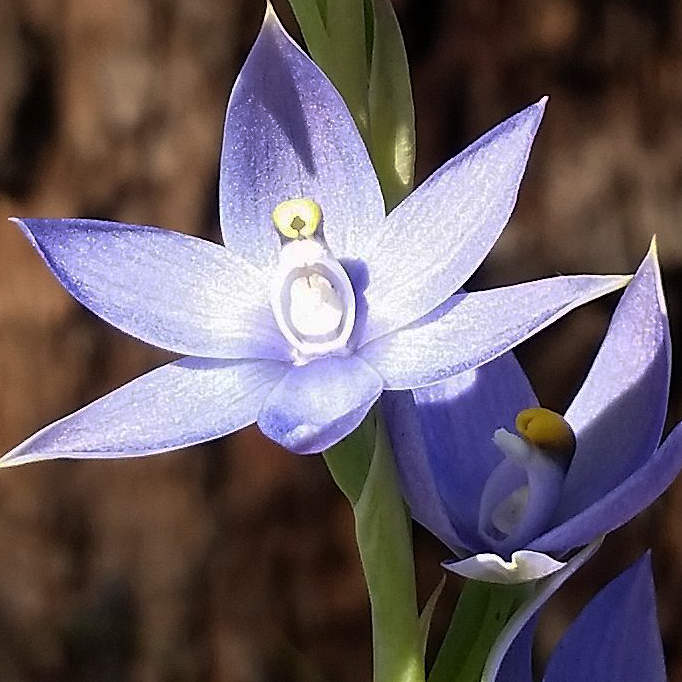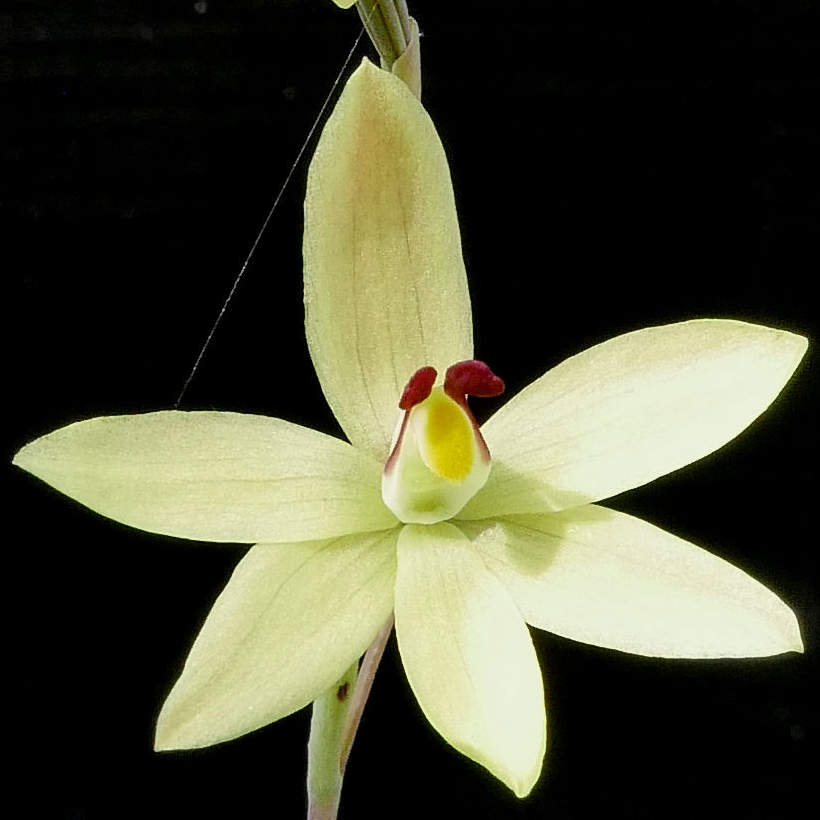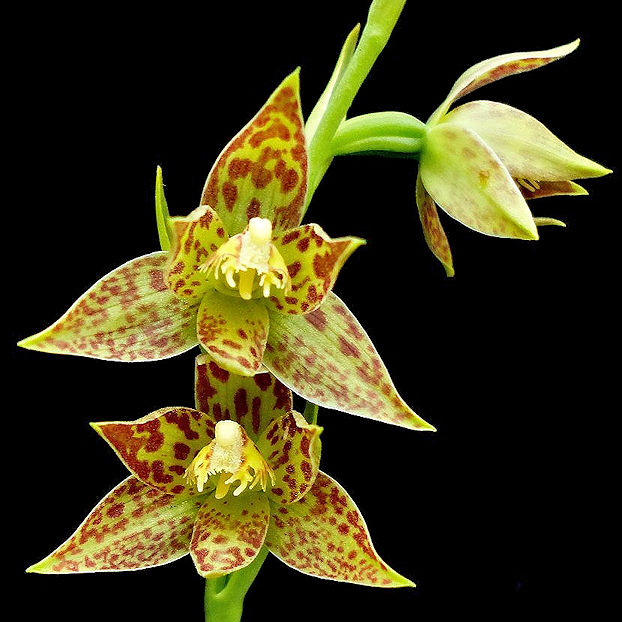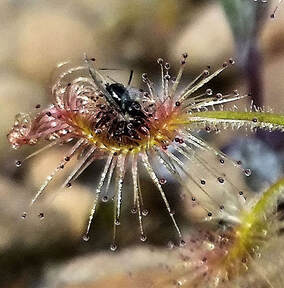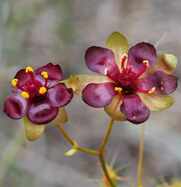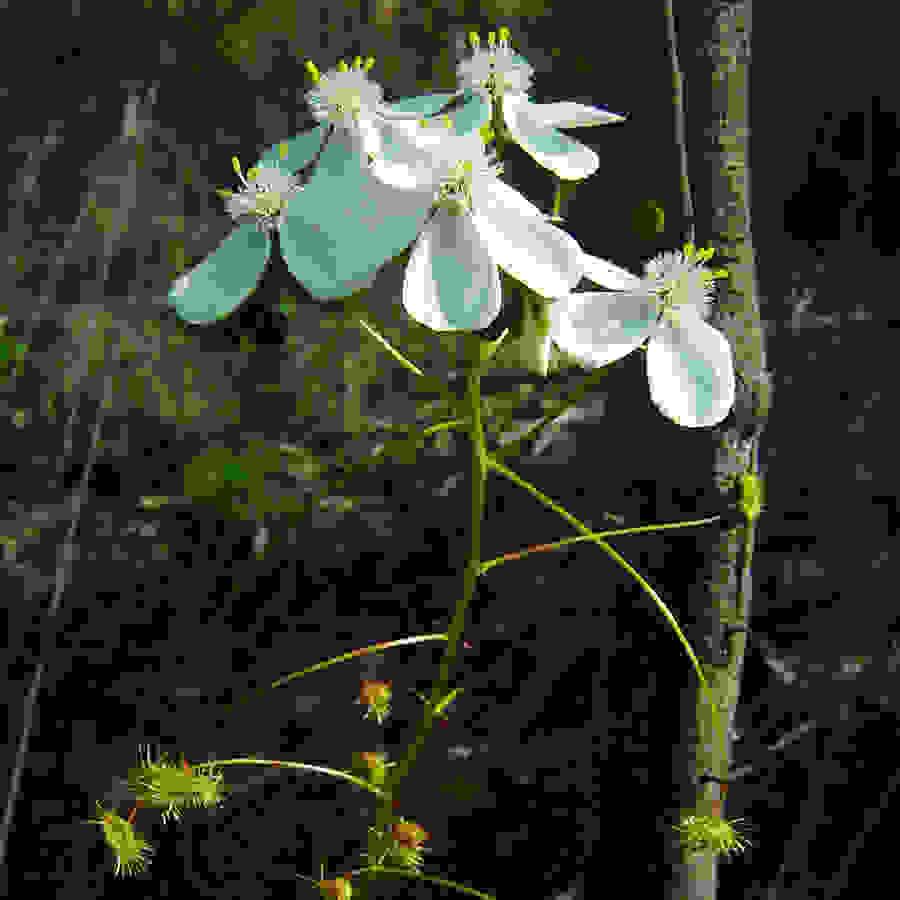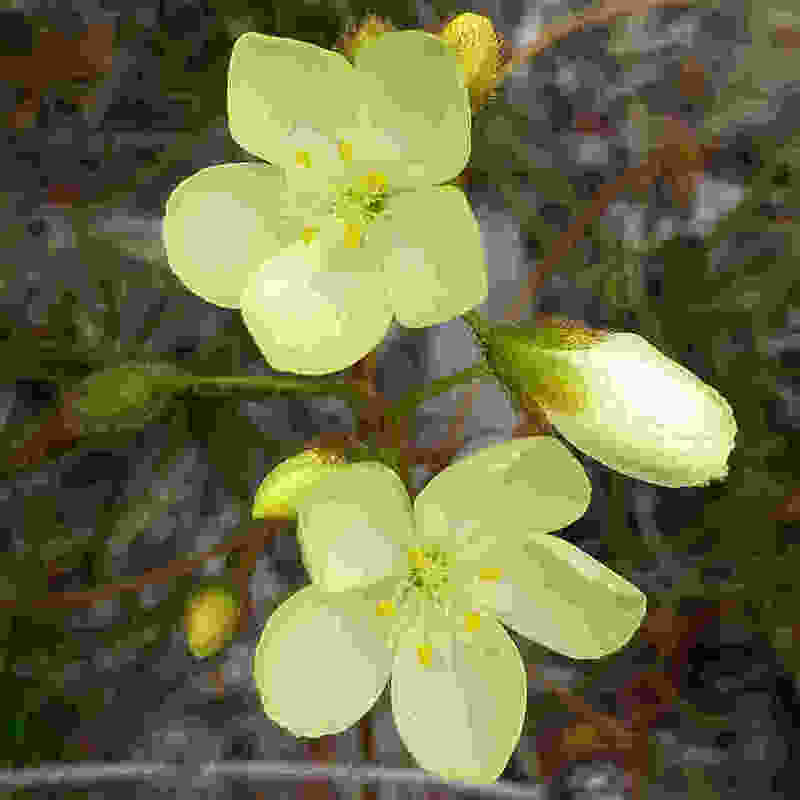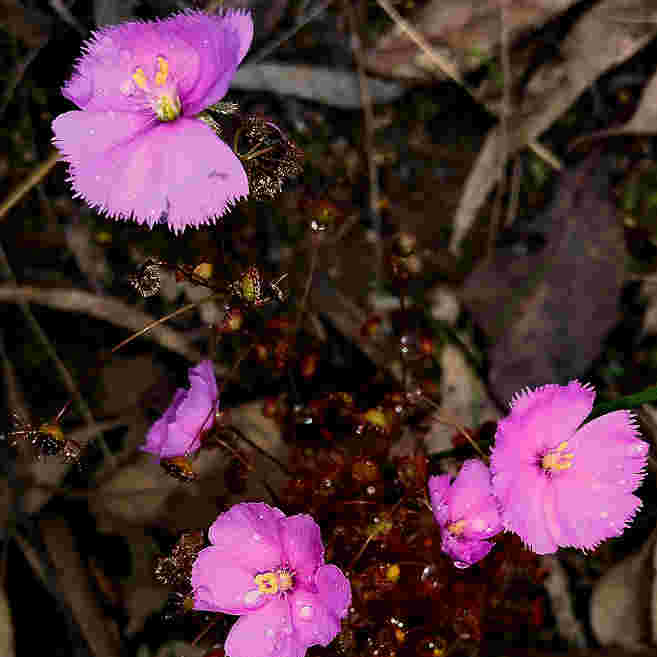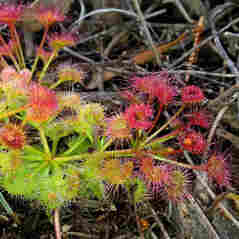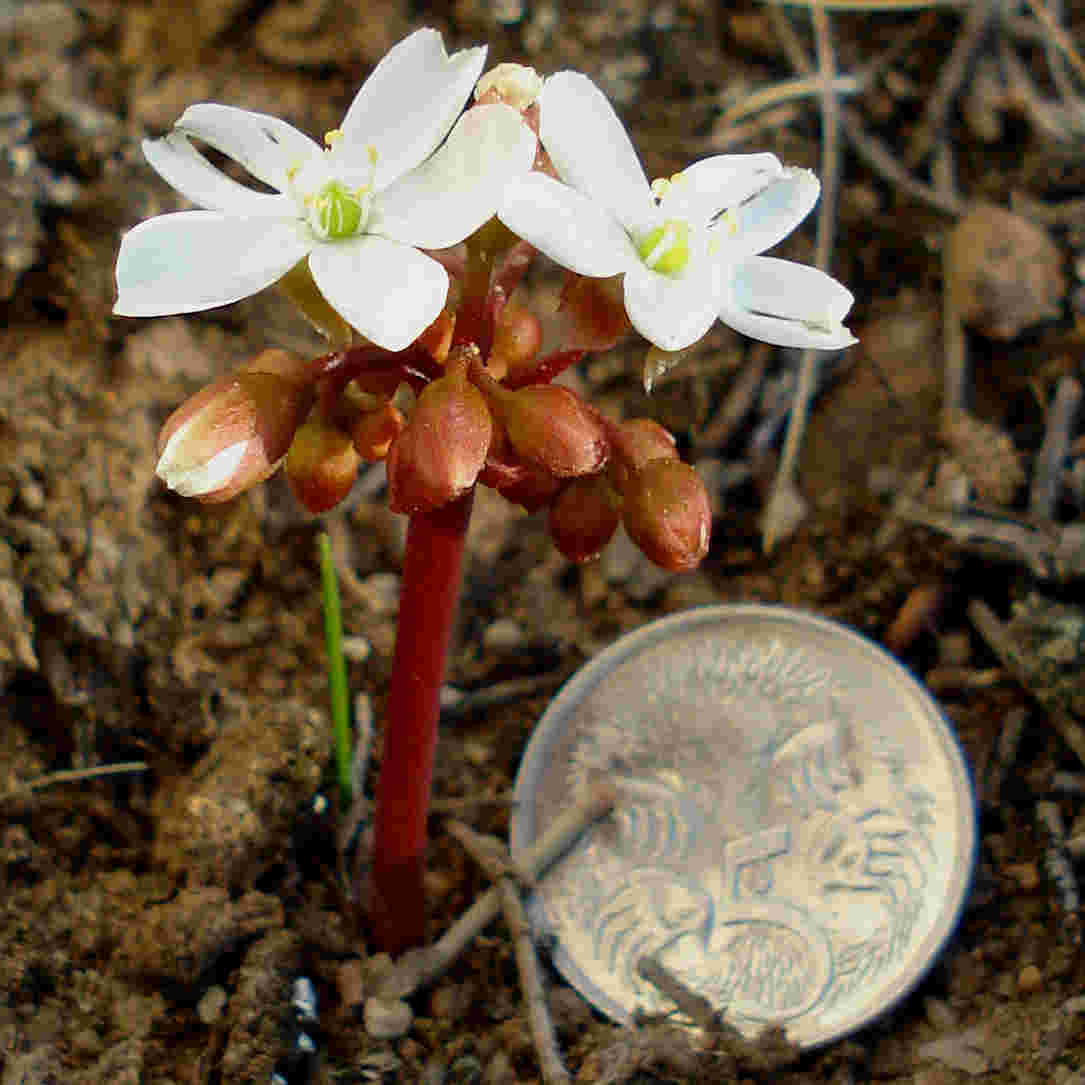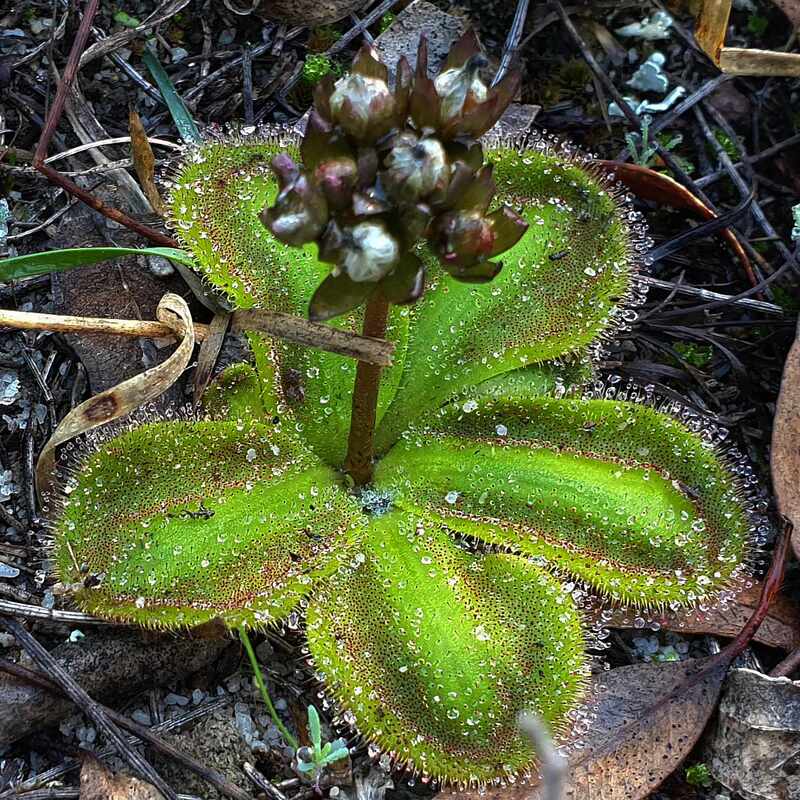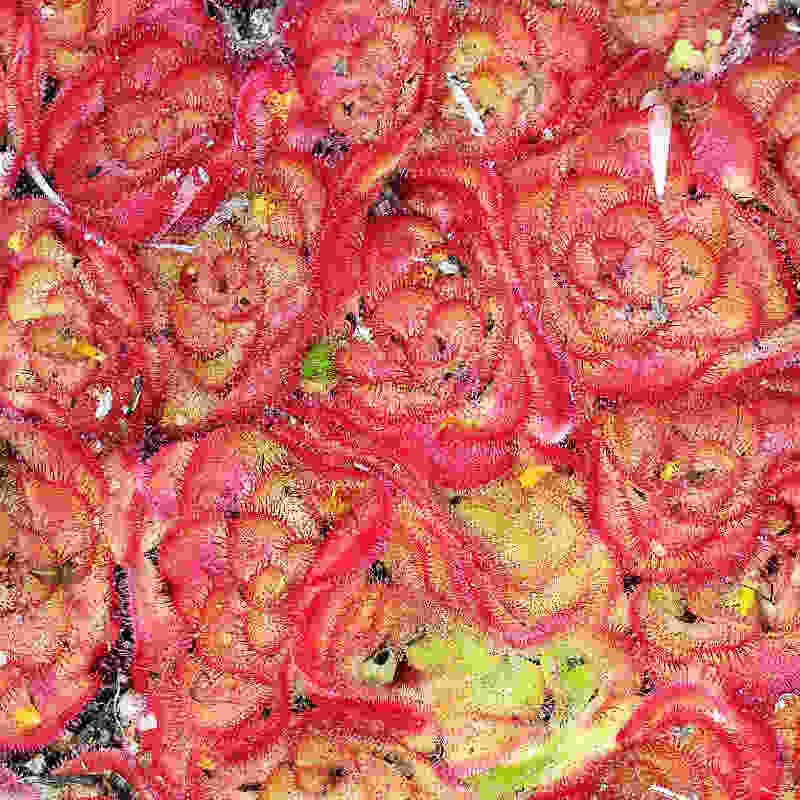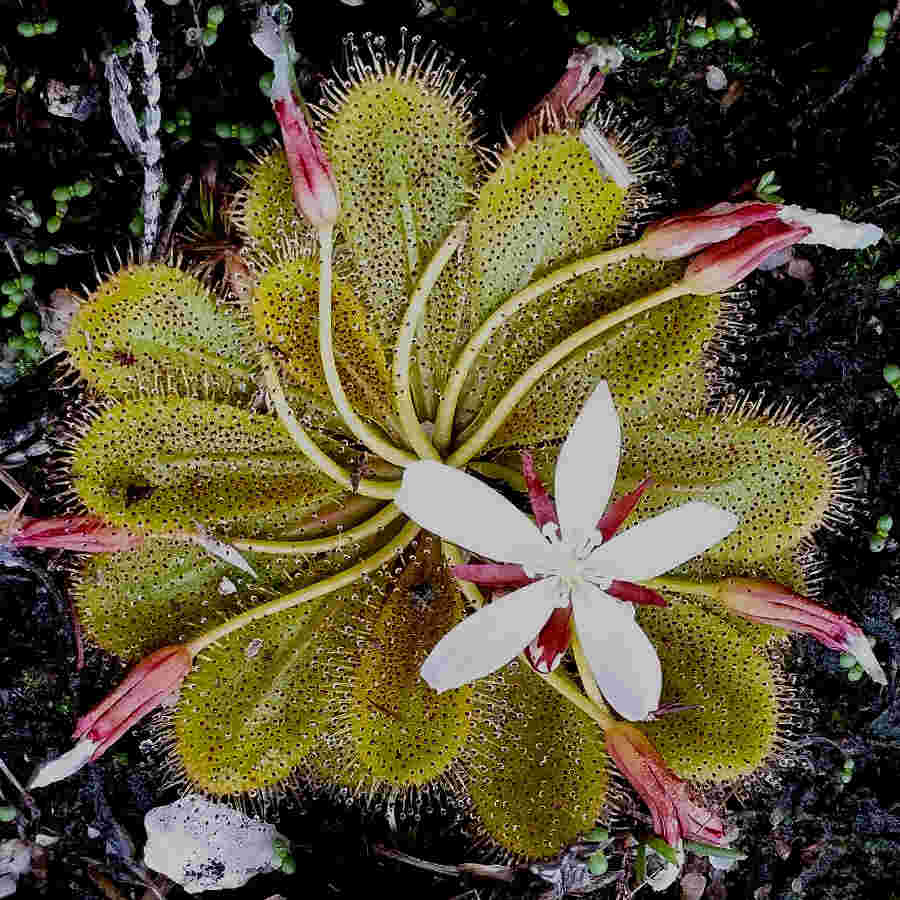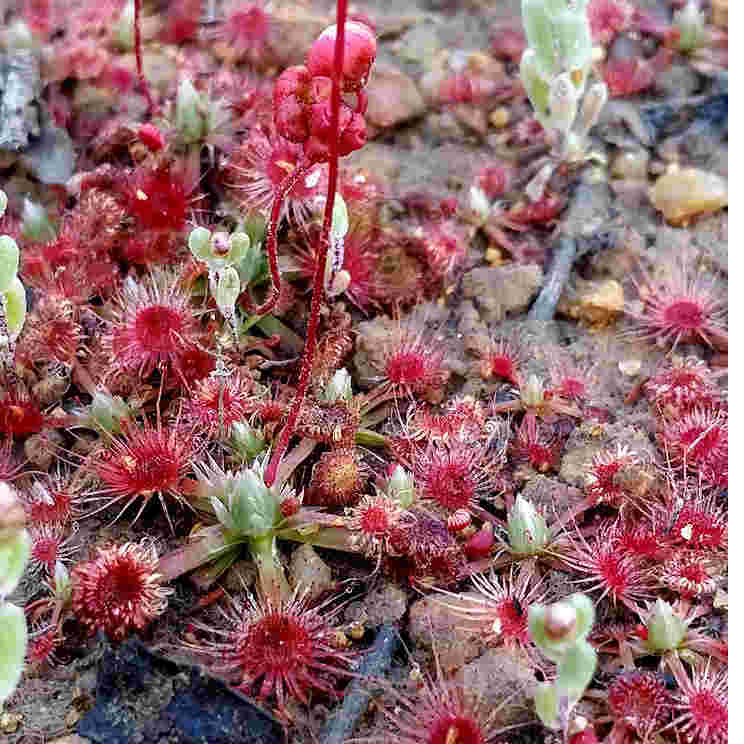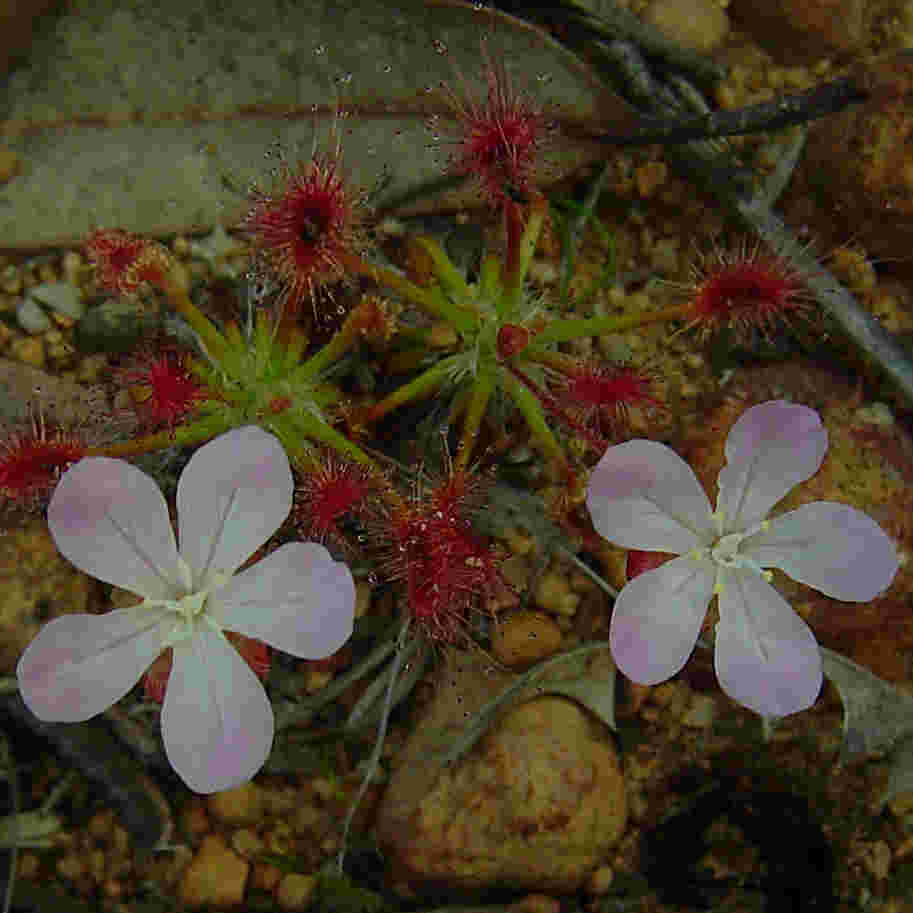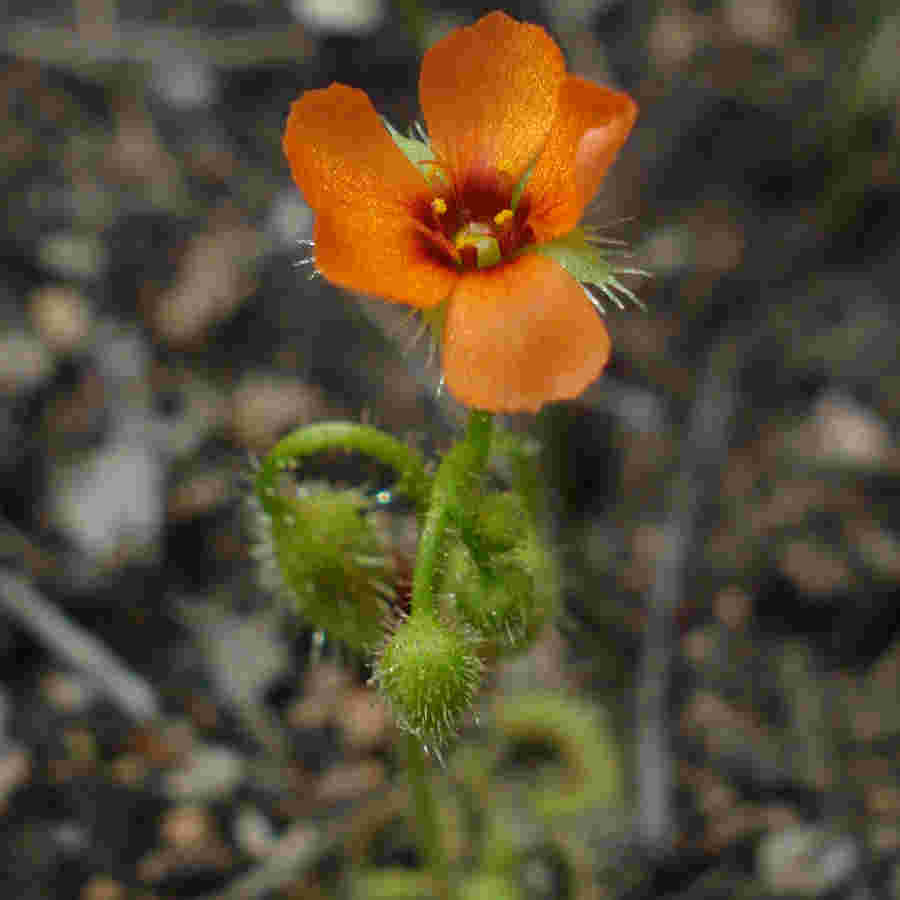This issue is devoted to Foxes Lair triggerplants that mostly flower in October, and which have a fascinating method of pollination.
The male (anther) and female (pistil) parts occur side by side on a spring loaded strap called the trigger.
When an insect lands in the right place in the flower the trigger springs down on its back depositing pollen on its back and pollinating the pistil with pollen from another plant. Images below show the stages in our largest triggerplant Stylidium schoenoides or ‘Cowkick’ (mean plant!).
But being beaten up is not the only problem for insects. Apparently many triggerplants have sticky flower undersides that like sundews, trap insects to provide nutrients for the plants.
For more information see this site.
Triggerplant species in Foxes Lair are in this pdf
| 20_fl_stylidium_2016.pdf |
Look closely and you will see that they are micro stilt plants that have raised crowns to protect them from the hot ground. a real oddity is the attractive purplish pink Stylidium leptophyllum Needle-leaved triggerplants as there is only one plant in Foxes Lair on the right opposite the mallees as you enter from Williams Road. Watch for pink tape.
